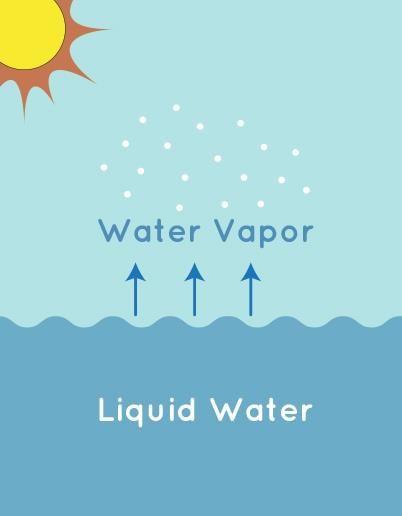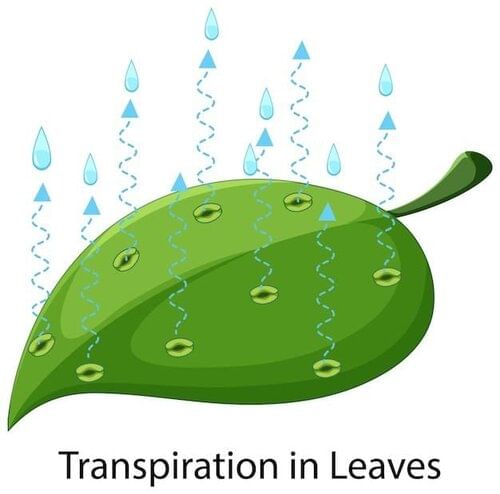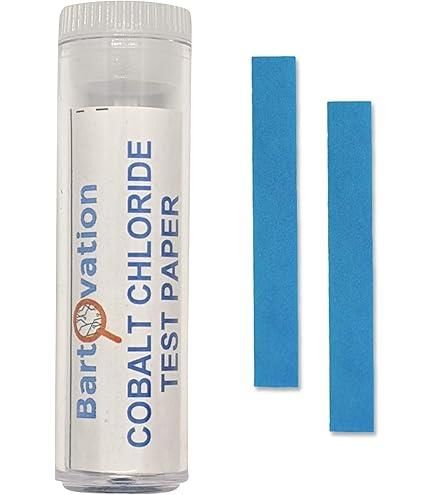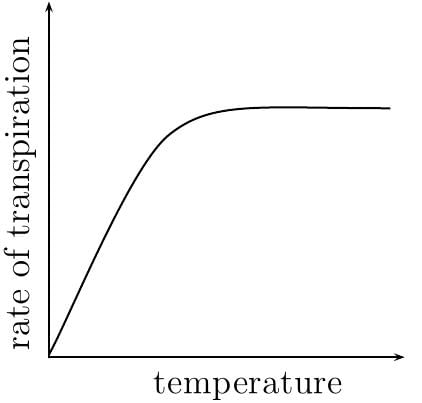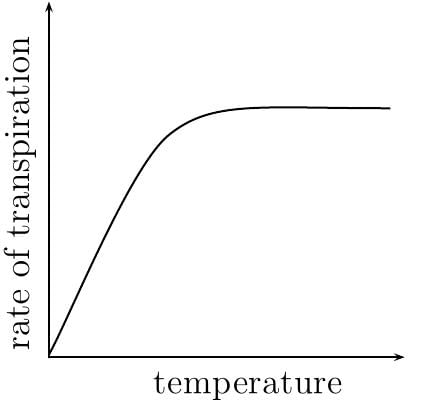|
The three types of transpiration in plants are stomatal transpiration, cuticular transpiration, and lenticular transpiration. |
Card: 2 / 24 |
|
Fill in the blank: Transpiration involves the loss of water in the form of ___ through small openings called stomata. |
Card: 3 / 24 |
|
True or False: The condensation of water vapor in a bell jar indicates that plants do not release water vapor during transpiration. |
Card: 5 / 24 |
|
False. The condensation of water vapor in a bell jar indicates that plants do release water vapor during transpiration. |
Card: 6 / 24 |
|
Riddle: I appear on the inner side of a bag placed over a plant, but not in an empty bag. What am I? |
Card: 7 / 24 |
|
Multiple Choice: Which of the following setups demonstrated the process of transpiration? A) Bell jar with dry air, B) Bell jar with cobalt chloride paper, C) Empty bell jar, D) All of the above. |
Card: 9 / 24 |
|
What is the primary process by which plants release water vapor from their aerial parts? |
Card: 11 / 24 |
|
Transpiration is the primary process by which plants release water vapor from their aerial parts, such as leaves and stems. |
Card: 12 / 24 |
 Unlock all Flashcards with EduRev Infinity Plan Starting from @ ₹99 only
|
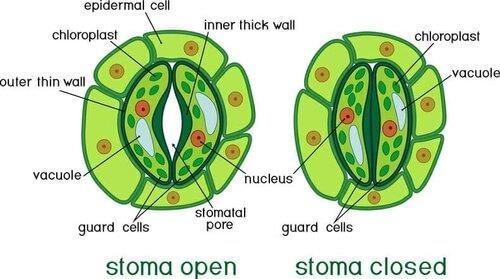 Guard cells regulate the opening and closing of stomata, controlling the rate of transpiration. |
Card: 14 / 24 |
|
Turgor pressure pushes water out into the intercellular space, where it evaporates and diffuses into the sub-stomatal space. |
Card: 16 / 24 |
|
A potometer measures the rate at which a plant takes up water, which is nearly equal to the amount of water lost through transpiration. |
Card: 18 / 24 |
|
True or False: High humidity levels in the air increase the rate of transpiration. |
Card: 19 / 24 |
|
Multiple Choice: Which factor decreases the rate of transpiration? A) High temperature B) Low humidity C) High wind velocity D) High humidity |
Card: 23 / 24 |





